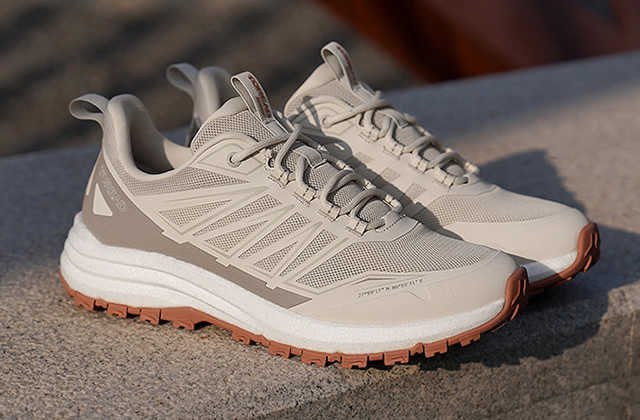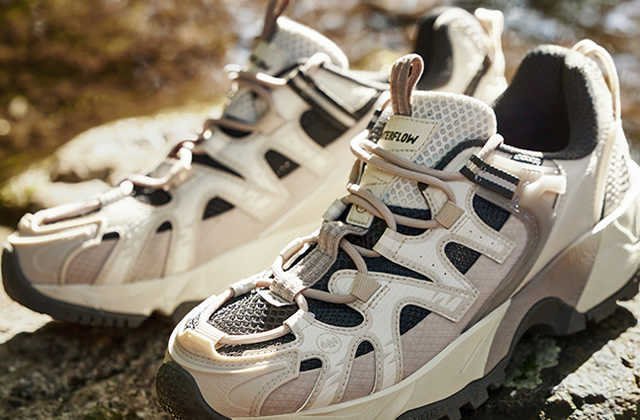Is the hiking shoe low or medium to help the hiking sole, whether it is hard or soft
1. Is hiking shoes low or good?
When choosing hiking shoes, you should decide whether to choose a low or medium helper according to the strength and terrain of the Hiking activity.
Low hiking shoes are suitable for short -distance and low -intensity Hiking activities. It is characterized by light and flexible. The shoe help is below the ankle. The soles are made of light and soft materials, making it easier to walk.This type of shoes is suitable for Hiking for less than a day. It is a good choice for people with poor novice or foot strength.However, low -top shoes lack the support of the ankle, and it is easy to stir -your feet when walking for a long time or when it is more complicated, so it is not suitable for long or high -intensity Hiking activities.
The Chinese gang hiking shoes are suitable for medium -intensity hikes and Camping activities that exceed one day.They combine the advantages of low and high gangs. The soles are soft and hard, both of which have a certain support and protection of the ankles, and take into account a certain flexibility.Mid -help shoes are suitable for walking on complex pavement, which can reduce the shaking of the ankle and provide better stability.For Hiking activities that need to walk for a long time or face complex terrain, mid -shoe is a more suitable choice.
In summary, the choice of low gang or mid -gang Hiking shoe depends on the specific needs of Hiking activities.Short -distance, low -intensity Hiking activities can choose low -top shoes to obtain better flexibility and comfort; for a long time, medium -strength or facing complex terrain Hiking activities, medium -help shoes can provide better ankles to provide better anklesSupport and stability.

Second, whether the soles of Hiking are hard or soft
A good pair of hiking shoes is a very important equipment for hikers. When choosing hiking shoes, there is an important problem to consider, that is, the hardness of the sole.The size of the sole hardness will directly affect the comfort and safety of the Hiking.So, should I choose soft or hard on Hiking soles?
First of all, we need to define the hardness of the soles of the shoe.The hardness of the sole refers to the degree of resistance provided by the sole, that is, the damping force between the shoes and the ground.The greater the hardness, the sole will provide greater resistance when contacting the ground, so the harder the sole is suitable for walking on uneven terrain.On the other hand, the soft sole is softer, which can better relieve foot fatigue and suitable for long -term Hiking.
It is very important to choose the hardness of the sole according to personal Hiking needs. Generally speaking, the harder soles are suitable for mountain Hiking or long -term Hiking. This is because in these cases, the terrain is relatively rugged and there is a hard sole.To support the foot, the hardness of the sole at the same time will also affect the stability of the shoe.For long -term travel, the harder soles can better protect the feet and reduce damage to joints.
For daily leisure or short -term mild Hiking activities, the softer sole is more suitable.The soft sole can better relieve the fatigue of the feet and make the feet feel more comfortable.At the same time, choosing a soft shoe sole in a relatively flat terrain will not have much effect.
In addition to personal Hiking needs, choosing the hardness of the sole should also consider your own physical conditions, such as weight, feet, and soles of the soles of the feet.If your weight is severe, you must choose a hard sole to provide better support.
In short, when choosing hiking shoes, judge the hardness of the sole according to your hike needs and physical conditions, and choose the type of sole that suits you best.Only by choosing the right sole hardness can we better enjoy the fun of Hiking.


